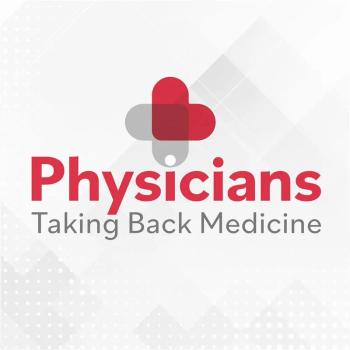
Nutrition in medical education: Why biomedical chemistry is not the same as applied nutrition
The leader of a lifestyle medicine program discusses the importance of nutrition and dietary training for physicians.
Food and nutrition instruction is part of the curriculum in medical education. But biochemical nutrition is not the same as applied nutrition — and it definitely is different from telling patients what healthy foods to buy. School of Medicine Greenville Professor Jennifer L. Trilk, PhD, FACSM, DipACLM, continues her discussion about nutrition education in the context of medical school instruction.
Trilk is a co-author of
Jennifer L. Trilk, PhD, FACSM, DipACLM: So you know, these days, especially in traditional medical schools, you won't see nutrition in medical education. And this conversation with other doctors across other health care systems, and wonderful debates of them saying, we did learn nutrition. But they learned biochemical nutrition that's very, very different. They learned the electron transport chain. They learned the Krebs cycle, or the TCA cycle, whichever way you want to describe it. They learned the aspect of where our vitamin Bs come from, our vitamin Ds they you know, they learned which ones are water soluble, which ones are fat soluble. They did not learn what we call applied nutrition. What is the primary source of vitamin D? What is the primary source of vitamin B? Where are the ways in which you get that? How do you teach a patient what to buy at the grocery store in order to maximize a whole-food, plant-based food pattern, and a food, a pattern that really treats the microbiome. There's a lot of evidence now coming up on making sure we have a healthy microbiome, because the gut itself is responsible somewhere between 70% and 80% of our immune function in our body. So if we don't have a healthy gut, we don't have a healthy immune system, we have chronic inflammation. We saw this in COVID. We saw that those who already had a chronic inflammatory response in their bodies had a much larger response to the virus. So we really haven't been taught that, but now we're seeing more and more of nutrition really coming in front and center role as it should have been for so many years.
Newsletter
Stay informed and empowered with Medical Economics enewsletter, delivering expert insights, financial strategies, practice management tips and technology trends — tailored for today’s physicians.















